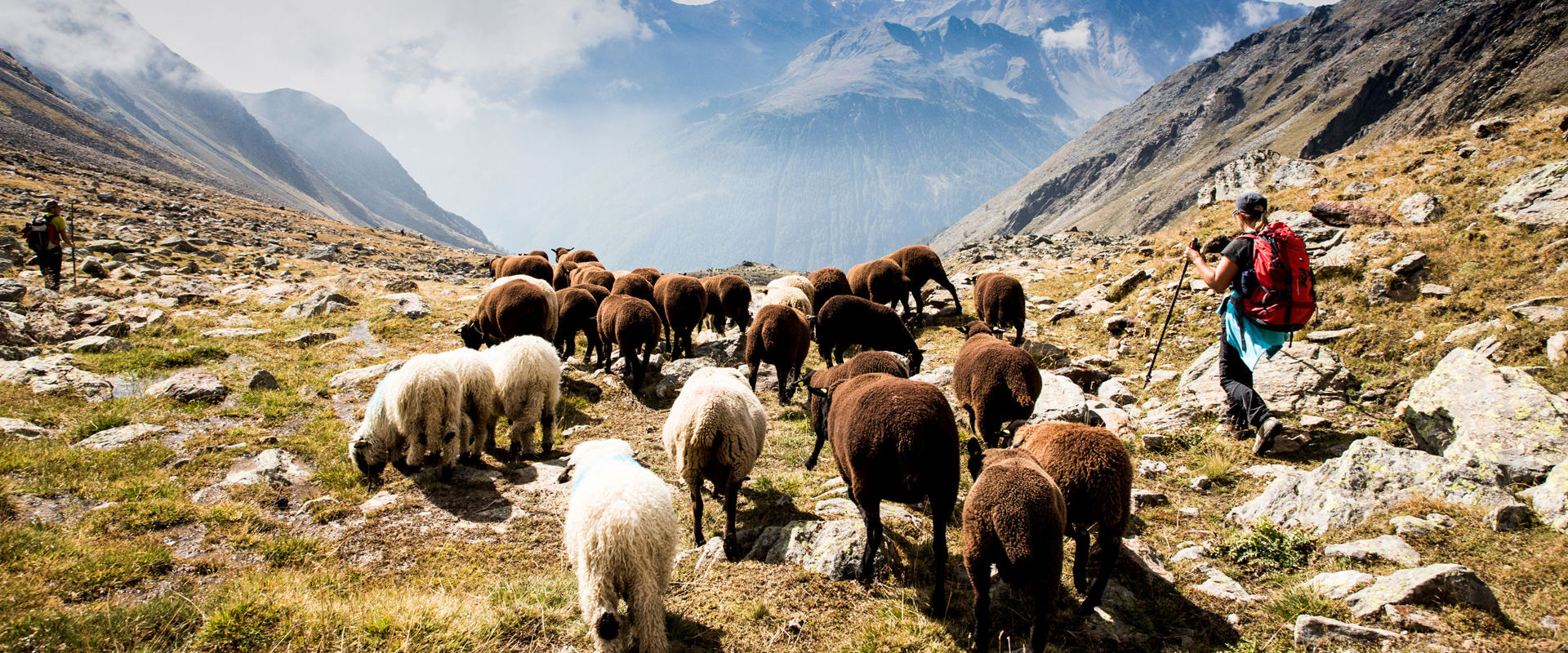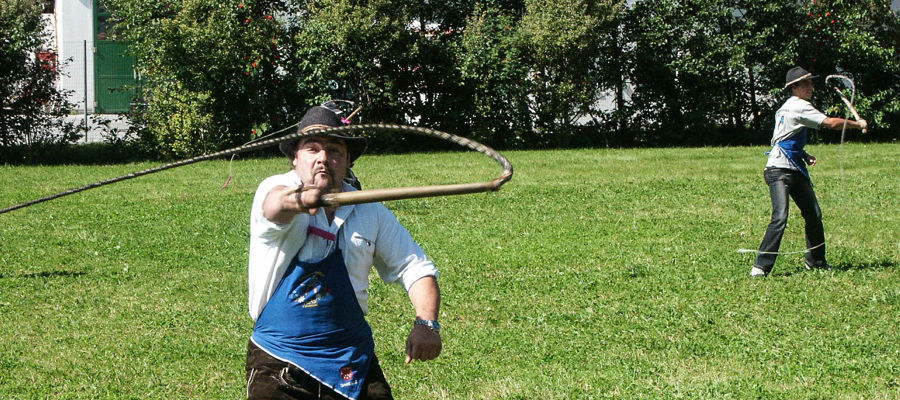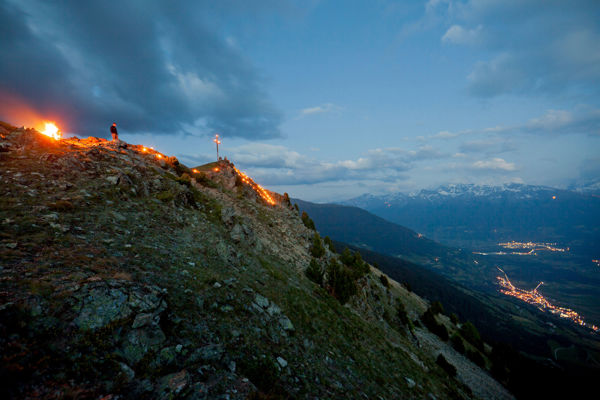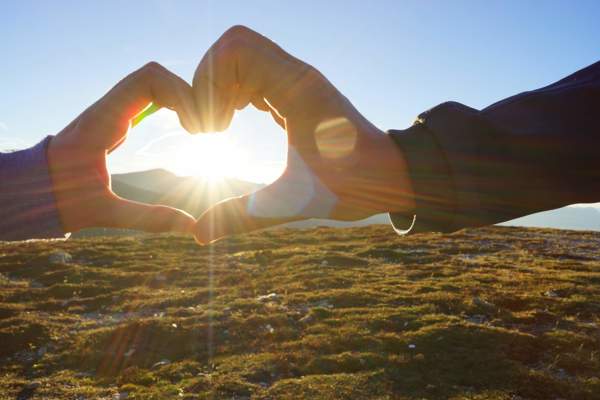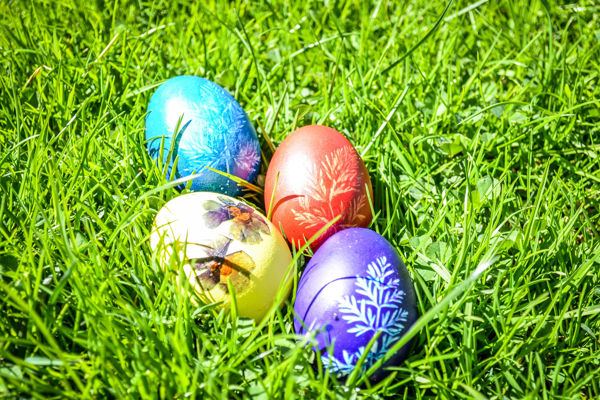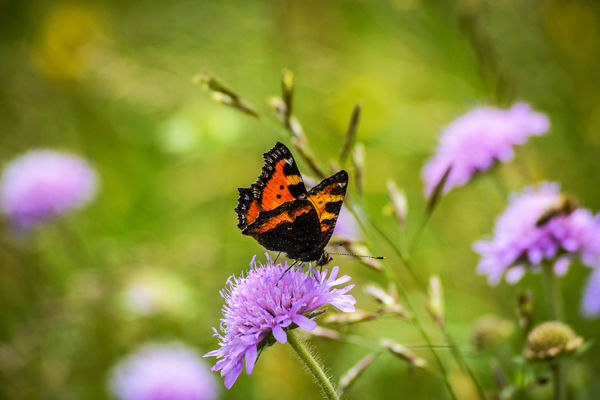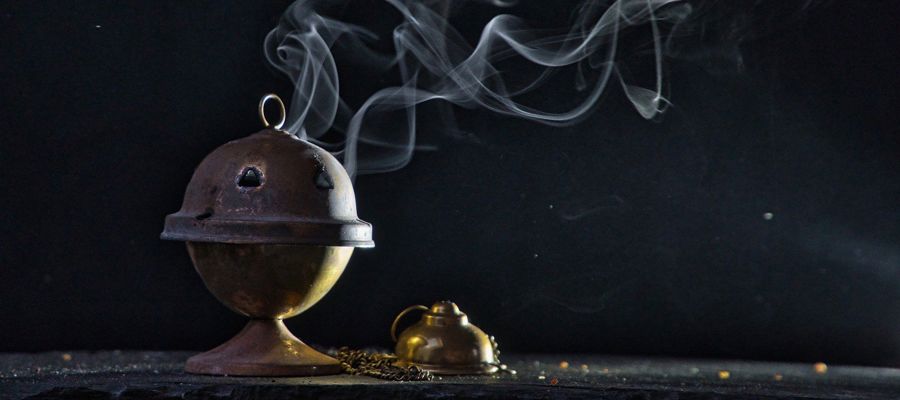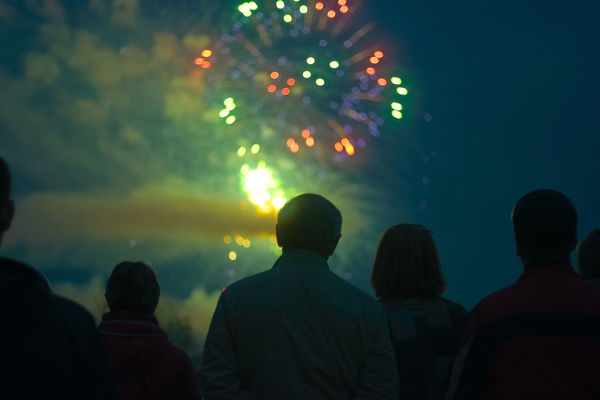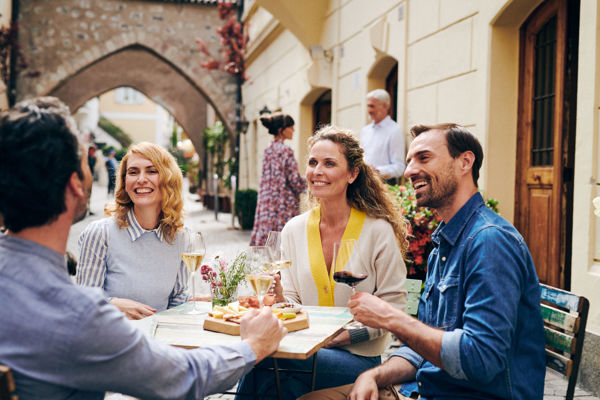














Transhumance in Schnals
Transhumance is a type of nomadic pasture farming, during which shepherds and drivers guide herds (mainly sheep, goats and cows) to distant pasture areas at certain seasons. The used tracks have been fixed many centuries ago, and dogs as well as horses help the shepherds with their work. Pasture farming in the Alps is not considered to be a type of transhumance, even if there are some similarities.
UNESCO Intangible Cultural Heritage
In 2019, transhumance has been added to the list of international UNESCO Intangible Cultural Heritage at the common request of Italy, Austria and Greece. This tradition, passed on from generation to generation, improves biodiversity and symbolises a strong connection between humans and animals as well as for sustainable agriculture.
Unique transhumance in Schnals
Transhumance is made in many regions of the world, mainly in the Mediterranean are too. However, the sheep transhumance from Schnals to the summer pastures near Vent in Ötztal is the only known border and glacier crossing nomadic pasture farming. The transhumance across the main Alpine ridge in the Ötztal Alps has been existing since at least 6,000 years.
Dangerous track over snow and rocks
In June, the herds are driven over two routes: from Kurzras over Hochjoch pass (2,520 m) to Rofen Valley and from Vernagt over Niederjoch pass (3,017 m) to Niedertal Valley. For the sheep coming from Vinschgau, the hike even takes two days: They start one day earlier in Laas and stay near the gathering places in Kurzras and Vernagt overnight. In total, they make a transhumance of 44 km.
After the sheep will have enjoyed the lush grass and the aromatic scent of Alpine herbs on the high pastures, they will return from Ötztal Valley to Schnalstal Valley in September. Because of the mild climatic conditions, the way back is easier to make. The successful sheep transhumance is then celebrated during a great festival.
Images
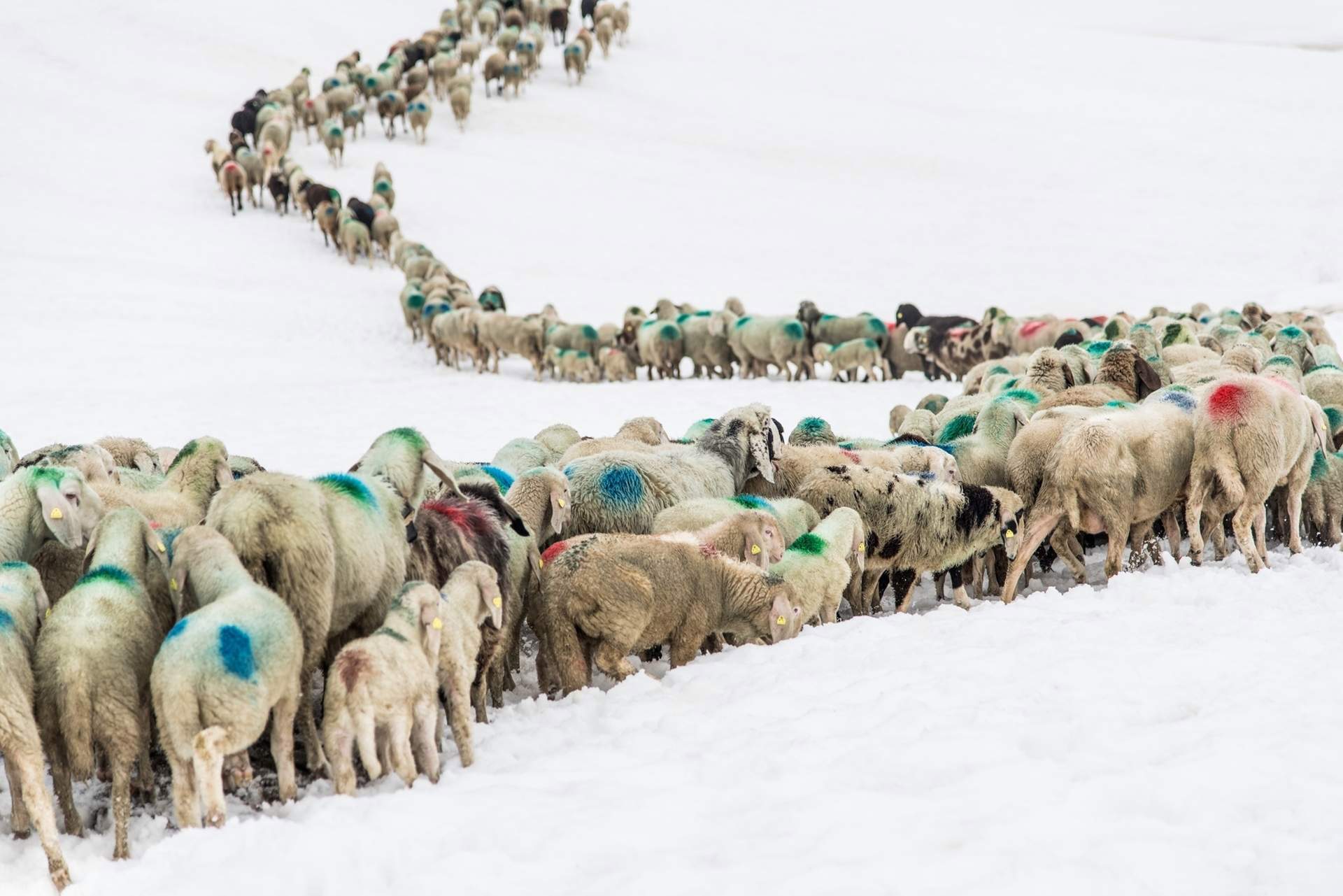
Intangible UNESCO cultural heritage: the unique trasnhumance of sheep in Schnals
Tourismusverein Schnalstal - Katerina Fiser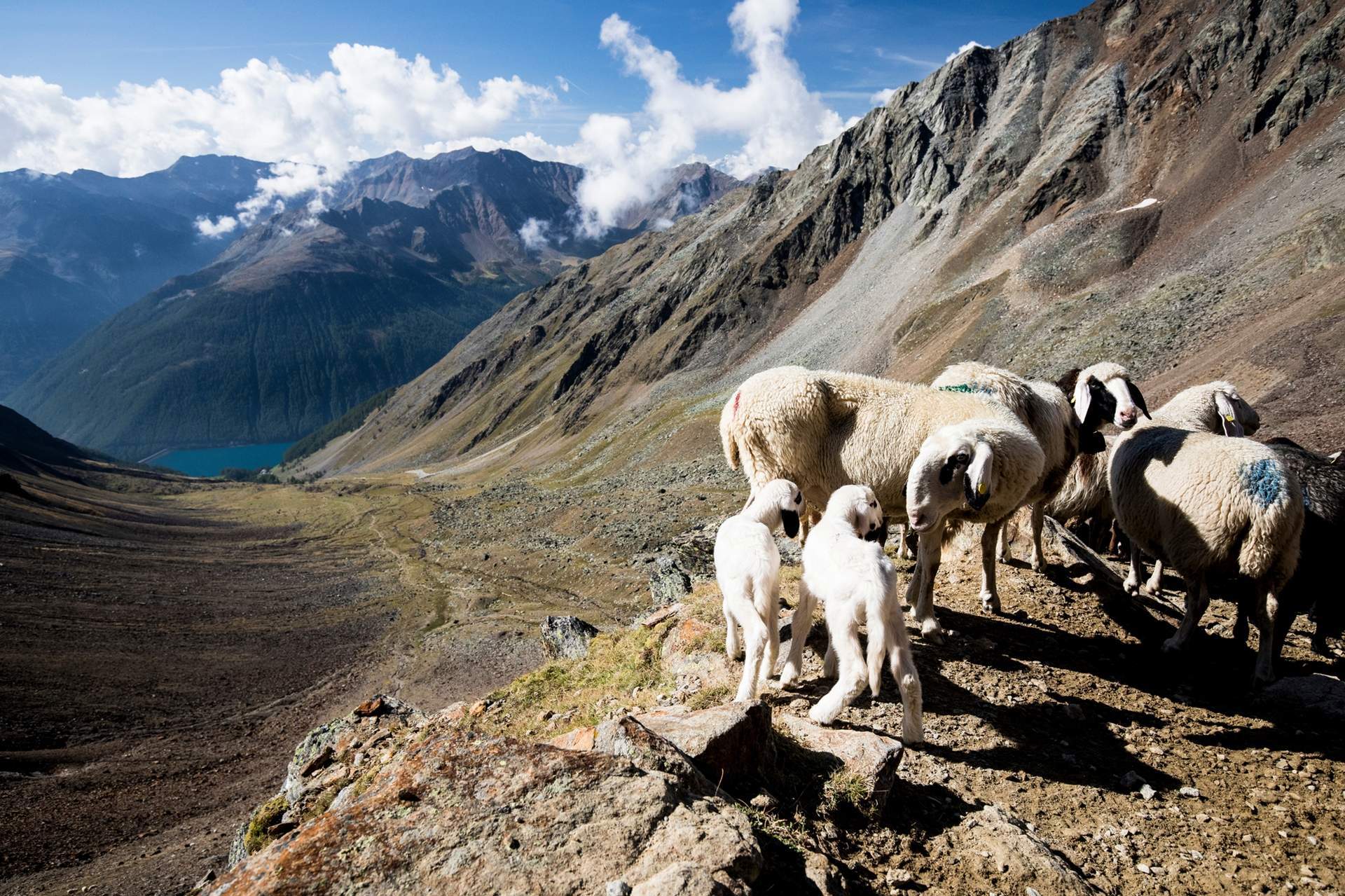
Intangible UNESCO cultural heritage: the unique trasnhumance of sheep in Schnals
Tourismusverein Schnalstal - Gudrun Muschalla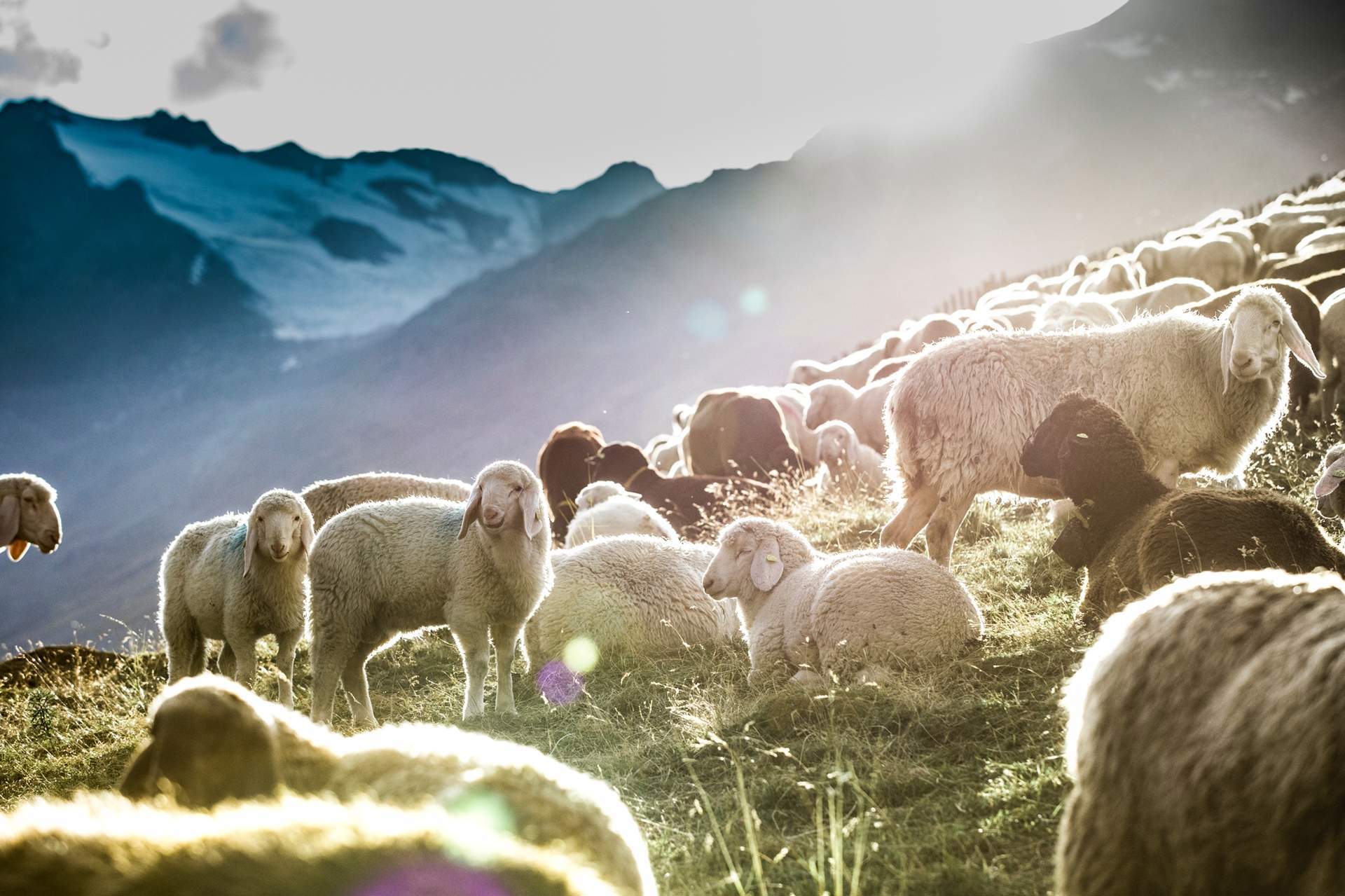
Intangible UNESCO cultural heritage: the unique trasnhumance of sheep in Schnals
Tourismusverein Schnalstal - Gudrun Muschalla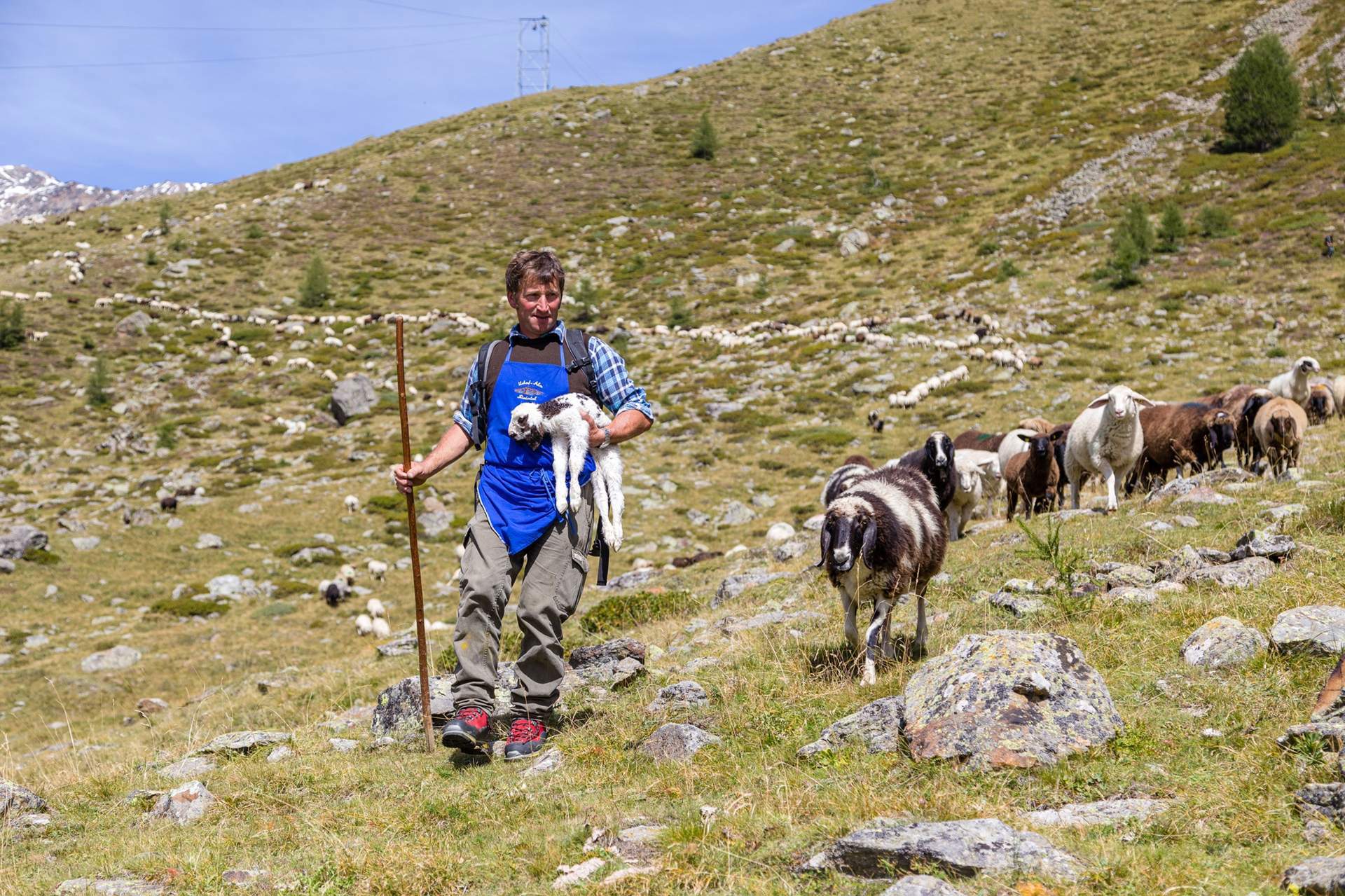
Intangible UNESCO cultural heritage: the unique trasnhumance of sheep in Schnals
Tourismusverein Schnalstal - Peter Santer
Intangible UNESCO cultural heritage: the unique trasnhumance of sheep in Schnals
Tourismusverein Schnalstal - Gudrun MuschallaTraditions
Selected accommodations in Schnals

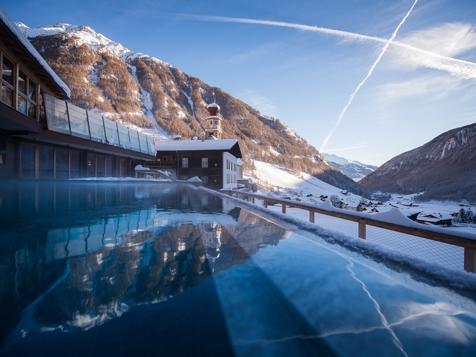
- Situated in an idyllic mountain village
- Inviting rooms and nature suites
- Natural cuisine & in-house pizzeria
- Mountain pool & alpine SPA
- Tonzhaus experiences and guided hikes
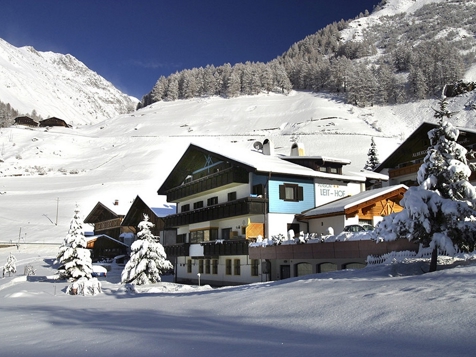
- In the hiking paradise of Schnalstal
- Cosy flats and rooms
- Sun terrace on the lake
- 5 minutes' drive from the ski slopes
- Fishing in the lake possible

- Sunny panoramic location
- In the middle of an alpine mountain world
- Cosy rooms & comfortable apartments
- Perfect for hiking lovers
- Glacier ski area nearby
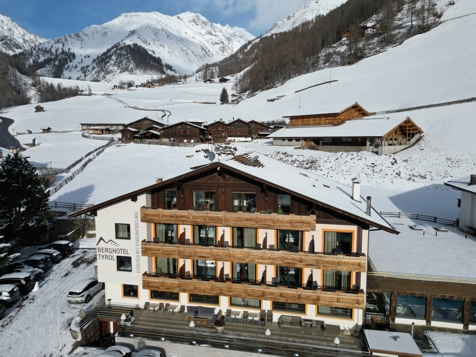
- Cosy family-run hotel
- Wellness centre with swimming pool, sauna and gym
- Excellent breakfast and carefully prepared cuisine
- Ski storage and small workshop for motorcyclists
- Ideal for skiing and hiking enthusiasts










